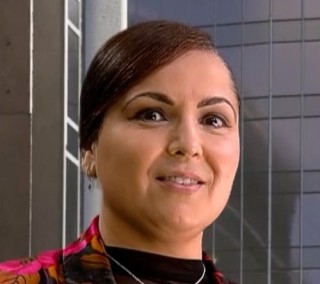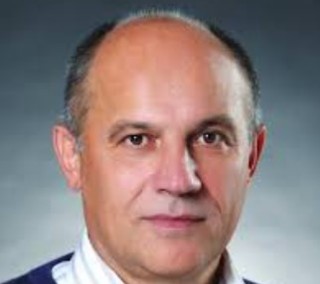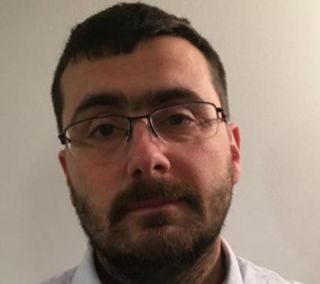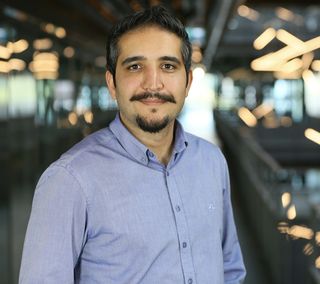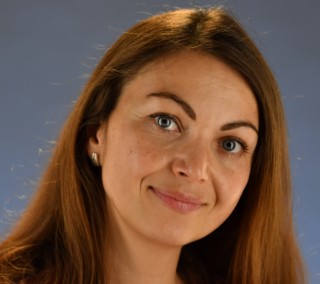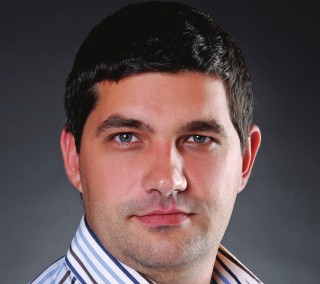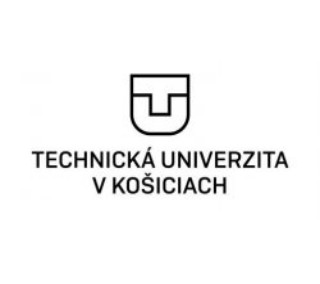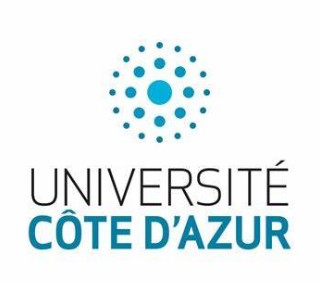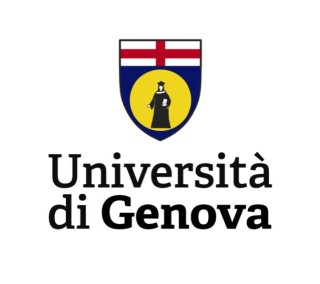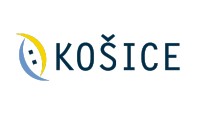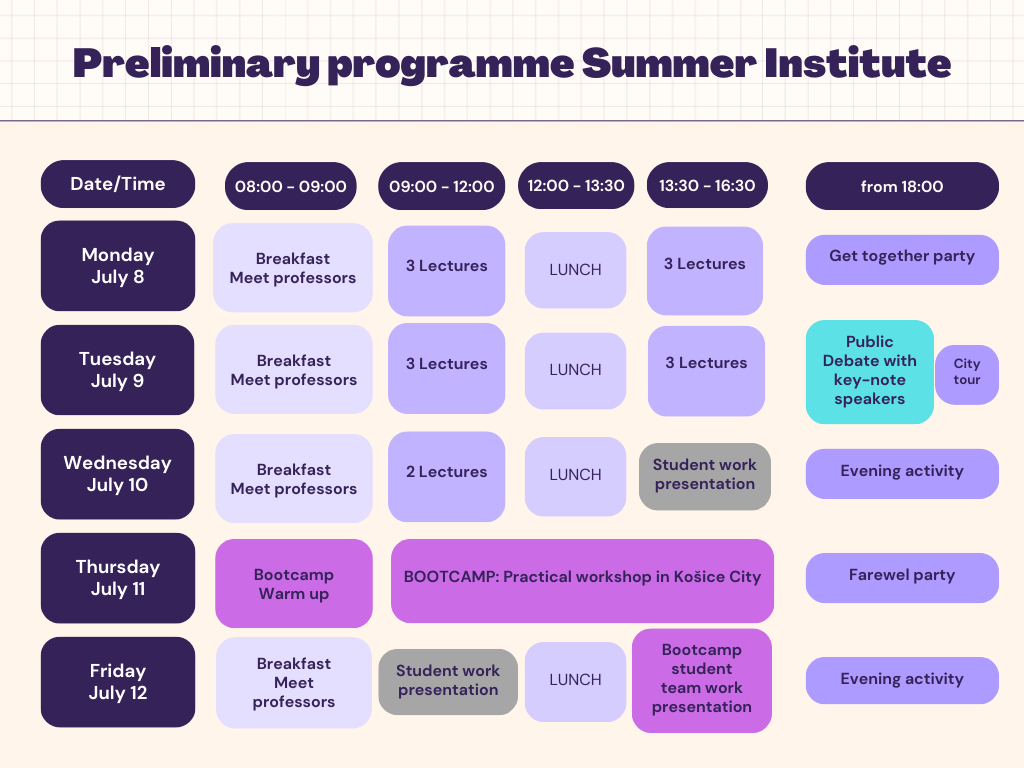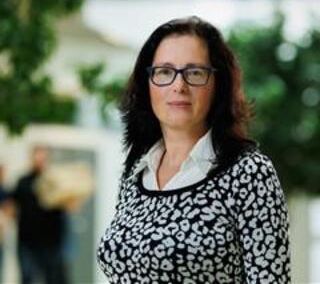CITIES DO IT THEIR WAY
Cities are evolutionary organisms which despite different morphological and functional appearances exist due to a multiplicity of agglomeration advantages. Such advantages are usually interpreted as centripetal geographical forces, but in reality, there are also centrifugal forces which transmit urban advantages and disadvantages to the outer world thus reinforcing the position of cities in a spatial network. In other words, the through flow of people, goods and ideas is essential for the ‘raison d’être’ of urban agglomerations. Emission and immission – material and immaterial – make up for the power of the urban force field or arena. This is called here the principle of confluence. Confluence is a generic determinant of the genesis and growth of cities. The confluence principle is a dynamic structuring principle, which has both strong internal and external connectivity linkages.



